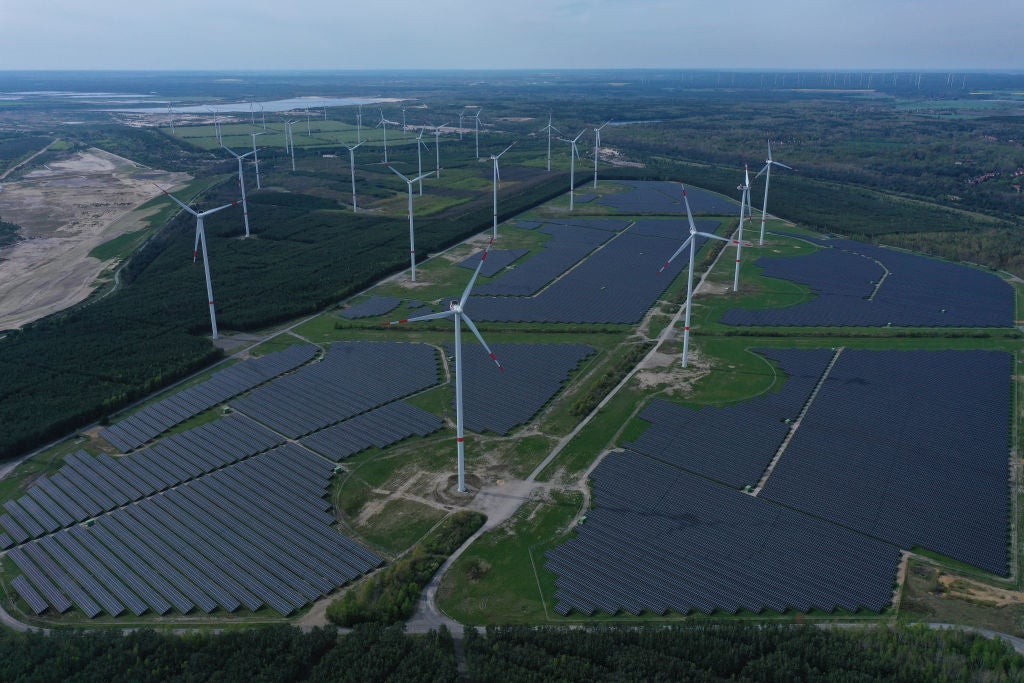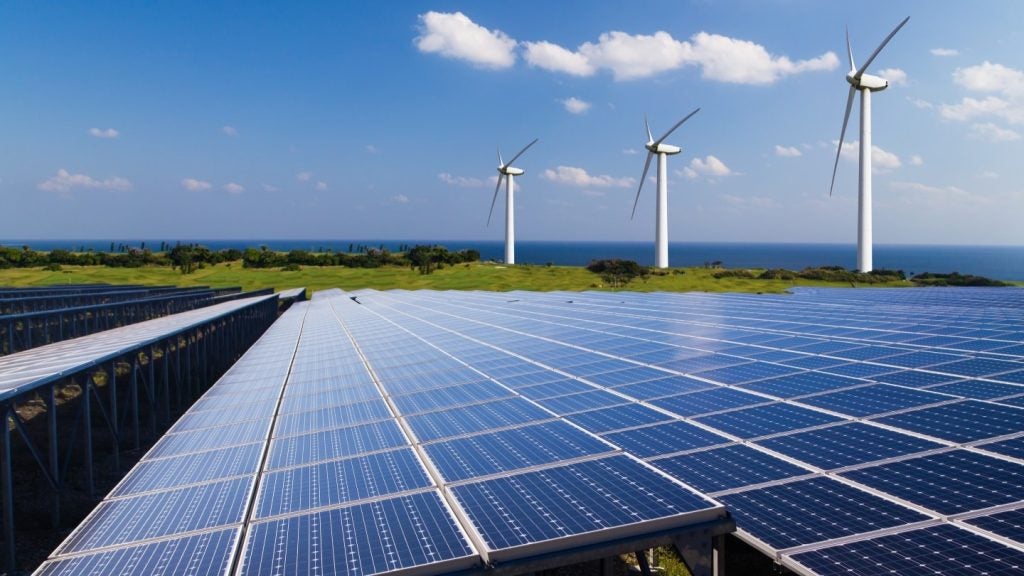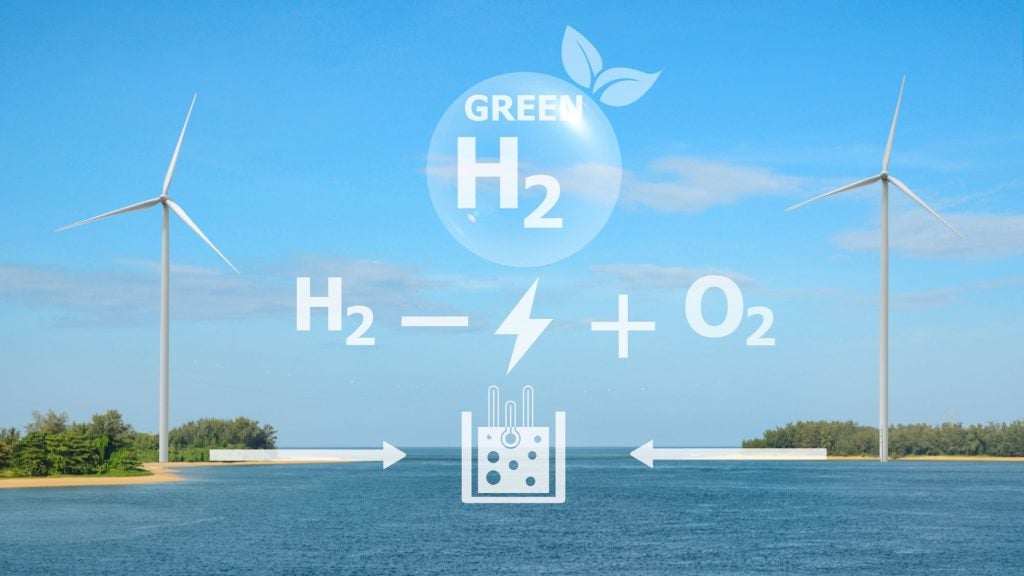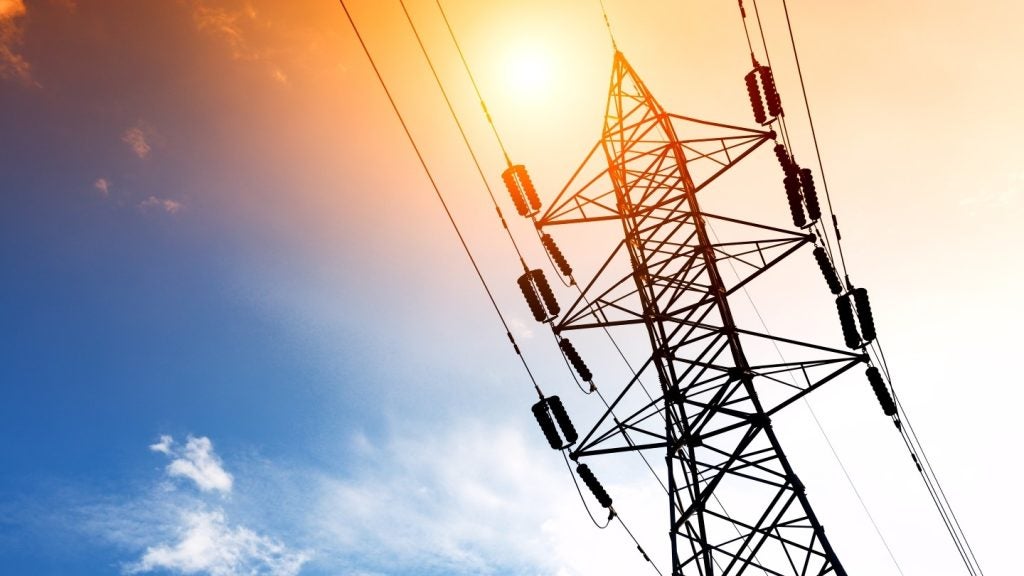The EU’s wind energy target for 2030 is within reach thanks to improvements in permitting and rebounds in investment, according to a new report from European wind association WindEurope.
The Annual Statistics and Outlook Report 2024, published on Wednesday, predicts that the EU will install an average of 29GW of wind capacity annually between now and the end of the decade.
Based on analysis of project pipelines, announced investments, permitting data and government auction volumes, total installed wind capacity will reach 393GW by 2030. This comes close to the 425GW needed to meet the continent’s climate and energy targets.
Between 2024 and 2030, two-thirds of new installations will continue to be onshore, the report finds. However, offshore wind installations are expected to rapidly pick up pace towards the end of the decade, with new offshore installations becoming almost equal to onshore installations by 2030.
The report cited improvements in permitting, a boost in investments and a major political turnaround regarding the bloc’s Wind Power Package as key reasons for wind energy’s improved outlook. Despite warnings from the industry about poor market conditions, the EU managed to install a record 16.2GW of new wind energy capacity last year. Of this, 79% came from onshore wind, with more than 1GW coming from repowering old turbines.
Germany installed the most new capacity, having a record year in 2023, followed by the Netherlands and Sweden. Germany and Spain permitted 70% more onshore wind than in 2022. France, Greece, Belgium and the UK also saw higher permitting volumes, the report says.
The share of wind in total EU electricity consumption in 2023 was 19%, with renewables representing 42% of the bloc’s total electricity mix.
Investments in new wind energy capacity were also up from 2022. The report cites an easing of inflationary pressures, better tariff indexation by governments and greater certainty on electricity markets as reasons for a more favourable investment climate. New investments in offshore wind alone totalled €30bn ($32.53bn), a huge increase from the €400m invested in 2022.
“Things are looking up again for wind in Europe,” WindEurope CEO Giles Dickson said. “Permitting has improved thanks to new EU rules. Investments are up. Record volumes are being auctioned and built. And governments have committed with the Wind Power Package and Charter to strengthen Europe’s wind energy industry.
"Industry is now in recovery. Europe’s wind supply chain is returning to profit and building the new factories needed to deliver the EU’s targets. We are now confident that we can get close to the EU goal that wind is 35% of electricity by 2030, up from 19% today – provided Europe accelerates the buildout of grids to connect all the new wind farms.”
The report warned that insufficient grid capacity across the continent is now the biggest cause of bottlenecks in bringing newly installed renewable capacity online. The report estimates that hundreds of gigawatts of new wind power are currently sat waiting for grid connections. In Germany, this has been a significant problem, with energy regulators in the country calling for major reforms to the grid system.















